In recent years, Pakistan has silently engineered one of the most dramatic renewable energy transformations globally. What began as a grassroots movement has exploded into a nationwide revolution, positioning renewable energy not merely as an alternative, but as the cornerstone of a sustainable future. By 2026, solar power alone is expected to contribute a staggering 20% of the country’s electricity .
This shift is not solely driven by environmental concerns; it is a powerful market-driven response to a perfect storm of economic pressures, technological accessibility, and an urgent need for reliable power. As Pakistan looks toward 2026, the expansion of renewable energy from solar, and eventually wind and other sources, presents a multifaceted solution to entrenched challenges. It is the key to unlocking energy security, fostering economic resilience, promoting social equity, and ensuring ecological sustainability for generations to come.
Table of Contents
The Driving Forces Behind Pakistan’s Renewable Revolution
The Perfect Storm: Economic Necessity Meets Market Opportunity
Pakistan’s renewable surge is a compelling story of market forces overcoming structural inertia. On one hand, consumers faced an unprecedented 155% hike in grid electricity tariffs within just three years, making conventional power unaffordable for many households and businesses . This was compounded by economic crises, high global fuel prices, and mandatory fixed costs for underutilized fossil-fuel power plants. Simultaneously, a supply-side miracle was unfolding.
Global solar panel prices plummeted by nearly 50% due to manufacturing overcapacity, particularly from China . Recognizing the opportunity, the Pakistani government exempted solar photovoltaic imports from duties and taxes until mid-2025, creating a fertile ground for adoption. This convergence of high costs and affordable technology made renewable energy, especially solar, an infrastructure of necessity.
A People-Led Movement: Entrepreneurs and Communities Fuel the Change
Perhaps the most distinctive feature of this transition is its grassroots, decentralized nature. The boom has been facilitated by a new wave of mostly self-taught solar entrepreneurs who emerged during the country’s economic downturn . Leveraging informal networks, they built hyperlocal supply chains extending into Pakistan’s interior. Technicians and installers honed their skills through hands-on experience and knowledge sharing on platforms like YouTube and WhatsApp, effectively building a domestic workforce with exportable skills. Civil society organizations also played a role by piloting school solarization and bundling small systems with microfinance. This vernacular infrastructure, built on community trust and social proof, has democratized energy access in an unprecedented way.

The Multifaceted Impact of Renewable Energy Adoption
Energy Security and Economic Resilience
For decades, Pakistan’s power sector has been plagued by chronic supply shortages, low electrification rates, and significant transmission losses, leading to frequent outages that stifled economic activity . Renewable energy, particularly distributed solar, is directly addressing this instability. Businesses, especially export-oriented industries like textiles, have embraced solar to hedge against both tariff hikes and frequent electricity interruptions, thereby lowering operational costs and enhancing global competitiveness .
The agricultural sector, which contributes 19% to GDP, is undergoing a silent transformation. With 80% of the nation’s 1.5-2 million tube wells historically relying on imported diesel, the removal of subsidies has made solar pumps vastly more cost-effective . Estimates suggest that half of these wells will switch to solar, adding 5.6 GW to 7.5 GW of distributed PV capacity—a move that restructures rural energy use and reduces dependence on costly fuel imports.
Social Equity and Access to Electricity
One of the most profound impacts of the renewable boom is its role as a social equalizer. After 60 years of struggling to extend the centralized grid, solar power is delivering energy access at an unimaginable pace. Vast swaths of rural Pakistan, particularly in provinces like Balochistan and Sindh where grid access remains below 70%, now rely on stand-alone solar home systems for basic needs like lighting, connectivity, and cooling .
This is not just about convenience; it’s about dignity and opportunity. Schools can now hold study sessions with functioning fans during heatwaves, and rural health clinics can operate vaccine refrigerators and diagnostic equipment. Solar energy is incrementally correcting historical legacies of energy poverty and blurring the divides between the grid-connected and the energy-poor.
Environmental Sustainability and Climate Action
Pakistan is disproportionately vulnerable to the effects of climate change, suffering from intensifying heatwaves and significant economic losses. The shift to renewables is a critical step toward mitigating its environmental footprint. Between 1980 and 2018, the country’s CO2 emissions surged from 27.821 Mt to 195.706 Mt, closely tied to fossil fuel consumption .
Research indicates that redirecting resources into clean energy technology, such as capital investments in renewable electricity, can achieve significant CO2 emission reductions—in the range of 11 to 22 million tonnes under increased investment scenarios . For a nation ranked among the most climate-vulnerable, the renewable transition is a crucial strategy for both adaptation and mitigation, building resilience against the very climate impacts that threaten its stability.
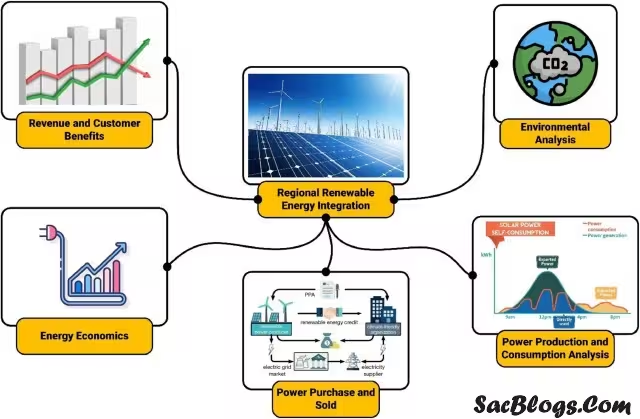
The Road to 2026: Opportunities and Challenges
Emerging Challenges and Policy Crossroads
The rapid renewable adoption, while transformative, is not without its contradictions. The success of distributed solar has triggered a “utility death spiral,” where reduced grid demand from high-paying consumers collapses utility revenues . This creates a paradox: Pakistan must still make U.S.-dollar denominated capacity payments to idle fossil-fuel plants, which in turn pushes electricity rates higher for those who remain connected to the grid. This regressive cost-shifting places a heavier burden on lower-income households who cannot afford the upfront cost of solar systems .
In response, policymakers are considering reducing net-metering buyback tariffs and have imposed a 10% tax on imported solar panels . These measures aim to protect utility finances and encourage domestic manufacturing but risk pricing out potential adopters. Navigating these competing interests—consumer rights, utility viability, and energy equity—is one of the most critical challenges on the path to 2026.
Future Pathways: Storage, Smart Grids, and Green Industrialization
For Pakistan to maintain its momentum, the solar story must evolve into a solar-plus-storage narrative. Imports of lithium-ion batteries grew significantly in 2024, with 1.25 GWh imported alongside 17 GW of solar PV . Battery storage allows users to maximize self-consumption and provides power during morning and evening peaks, further enhancing reliability and grid support.
Looking ahead, Pakistan has identified four key areas for energy collaboration: battery storage systems (BESS), smart grid integration, electric mobility, and modernized transmission infrastructure . Furthermore, the China-Pakistan Economic Corridor (CPEC) is entering a “2.0 upgrade版” focused on green industrialization . This next phase provides a strategic platform to integrate低碳技术, develop green economic zones, and attract green finance, moving beyond power generation to build a comprehensive, modern energy ecosystem.
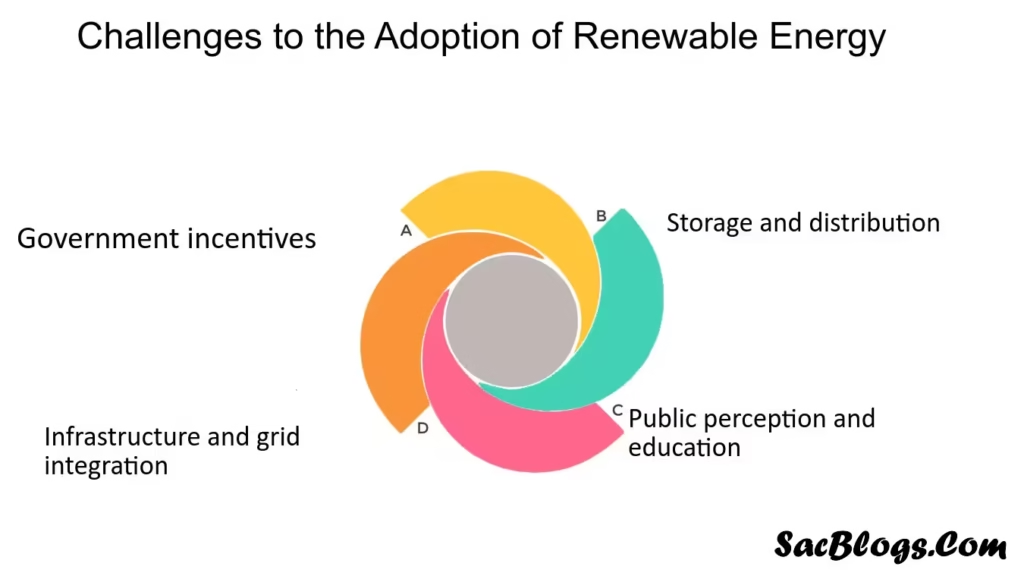
Conclusion: A Sustainable and Self-Reliant Energy Future
Pakistan’s journey toward a sustainable 2026 is being powered by a renewable energy transition that is remarkable in its speed and origin. It is a powerful, people-led demonstration that energy security and economic development can be achieved through clean, distributed sources. While significant challenges around equity, grid management, and policy coherence remain, the broader trajectory is undeniably transformative. Renewable energy has already begun to displace expensive imported fossil fuels, power critical services in education and healthcare, and grant millions a measure of energy sovereignty long denied by the centralized grid.
As cost declines continue, supply chains mature, and storage becomes standard, the momentum is set to accelerate. By embracing this momentum, investing in supportive policies, and fostering new skills, Pakistan can evolve its people-led energy revolution from an infrastructure of necessity into a lasting foundation for resilience, opportunity, and social renewal.
Read Also: Best Solar Power Companies in Pakistan 2026 – Price, Quality, and Installation Guide
Frequently Asked Questions (FAQs)
1. What percentage of Pakistan’s energy is expected to come from solar power by 2026?
By 2026, it is projected that 20% of Pakistan’s total electricity will be generated from solar power sources, highlighting the rapid scale of its adoption .
2. Why are people in Pakistan installing solar panels at such an unprecedented rate?
The boom is driven by a “perfect storm”: skyrocketing grid electricity prices (up 155% in three years) and a sharp drop in the cost of solar panels (nearly 50% due to global oversupply). This makes solar a cost-effective and reliable alternative .
3. How is the solar boom affecting low-income households in Pakistan?
There is a dual effect. It provides energy access for off-grid, low-income households via small-scale systems. However, for those connected to the grid, there’s a risk of higher bills as the fixed costs of the grid are shifted to fewer consumers when wealthier households defect to solar .
4. What is net metering and why is the government considering changing it?
Net metering allows solar users to sell excess power back to the grid. The government is considering lowering the buyback tariff because the current rate is seen as contributing to regressive cost-shifting, placing a higher financial burden on those without solar .
5. Beyond solar panels, what other renewable technologies is Pakistan focusing on?
The future focus is expanding to battery energy storage systems (BESS), smart grids, electric vehicle infrastructure, and modernizing transmission lines to create a more resilient and integrated energy network .
6. How is China involved in Pakistan’s renewable energy transition?
China is a primary supplier of affordable solar panels and batteries. Furthermore, the next phase of the China-Pakistan Economic Corridor (CPEC 2.0) is pivoting towards green industrialization, promoting cooperation in renewable technology and green finance .
7. What role are farmers playing in Pakistan’s shift to renewable energy?
Farmers are major adopters. They are rapidly converting diesel-powered agricultural tube wells to solar pumps. It is estimated that half of Pakistan’s tube wells will switch to solar, adding gigawatts of capacity and reducing dependence on expensive diesel imports .
8. Are there any taxes on importing solar panels into Pakistan?
In its most recent budget, the federal government imposed a 10% General Sales Tax (GST) on imported solar panels, aiming to incentivize domestic manufacturing, though it slightly increases project costs .
9. How is the renewable energy transition impacting Pakistan’s environmental goals?
The shift is crucial for reducing Pakistan’s carbon dioxide emissions, which had grown significantly. Investing in clean energy is a key strategy for the climate-vulnerable nation to meet its sustainability and emission reduction targets .
10. What is the “utility death spiral” in Pakistan’s context?
It refers to a situation where reduced electricity demand from the grid (as people switch to solar) leads to lower utility revenues. However, utilities still have to make fixed “capacity payments” to power plants, forcing them to raise tariffs, which in turn drives more people to adopt solar, creating a vicious cycle .
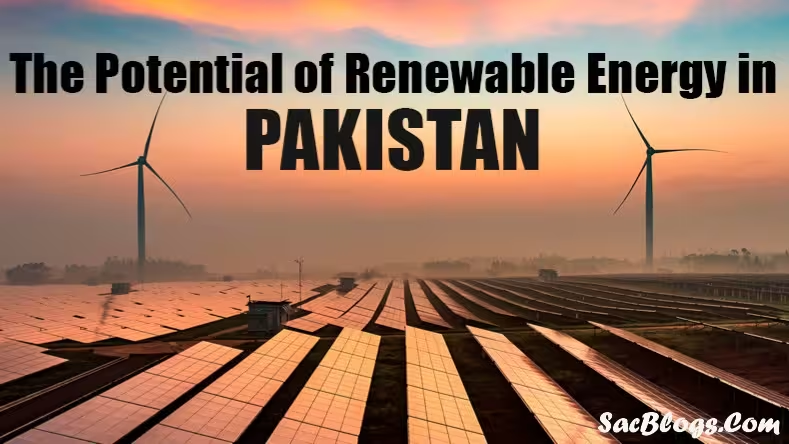

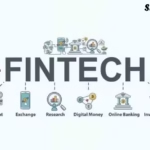
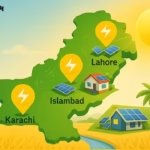
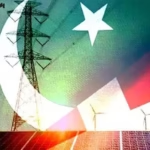
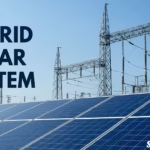
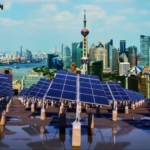
1 thought on “Why Renewable Energy is Pakistan’s Gateway to a Sustainable 2026”